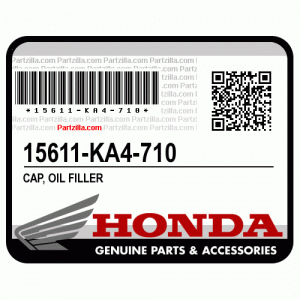Hi: There are a bunch of good ideas! but don't forget to be sure the cap is locked, in the air if the cap vibrates out you may loose to much oil and set the plane down faster than desired! The splash oil system and the air crossing the oil pipe will give you a quick lesson of Bernoulli's_principle of air across a surface.
just hoping to keep you around for the next forum page!
dwdw47
Well here's a little update on the cap. The plane itself is getting ready to fly soon. It's covered and painted now and in the final stages of re-assembly as we speak. I find the oil cap to be the least of my concerns with the design. This is a wooden airframe that was originally drawn out by a farmer with a good understanding of, but minimal formal training in structures, circa de 1930s. My opinion? There is a reason most production manufacturers switched to more the predictable, consistent and available material, aluminum.
It's top speed is somewhere in the 75 M.P.H. range. Cruise at 65% power is way less than that. The oil cap retention via O-rings idea that we learned here and settled on, is extremely secure. Now that he's nearing completion, I count 30 or so parts I've helped build or adjust for him. The engine has about 30 hours of ground run time on it now and not so much as a wiggle from the cap. Given the limits of the top end and the design, the cap will never become the cause of an incident.
I think we've made some other significant improvements as well. All saftey margin leaps way beyond what the designer had drawn in. He's even putting brakes on this one. Back in the 1930's many airplanes just relied on the friction of the tail skid, aerodynamic drag and low idle power thrust for stopping.
My friend, the owner/builder is extremely ambitious for a 70 year old. He's hinted at an attempt to fly to and make a landing in to all 48 contiguous states, then write a book about it! The last and final part I plan to make for him is a sort of belaying device, that will enable him to release a tail tie down from inside the cockpit and take the rope with him. Since the aircraft will have to be hand propped for start, he wants to be totally self sufficient. It has no electric starter nor alternator, but yet has a full system for radios, navigation and lighting that is limited by battery charge from a solar panel or ground only recharger… I'll cast the basic "J" shape of the part and then bore and press in a bearing sleeve for the captive release pin that when actuated will allow the rope to release, exit a hole in the tail and then be retreived in the cockpit before taxi. All single handedly. I'm working on the wooden mock up this week, especially if we get that cool weather they are promising.

